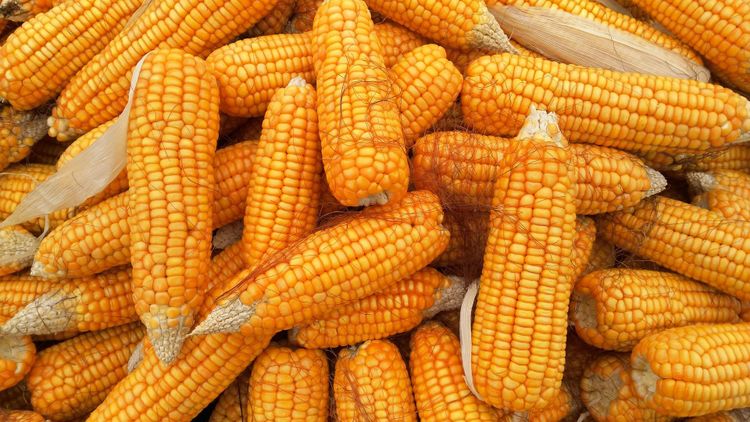Corn and Soy Price Data in Gro Can Fine-Tune US Export Forecasts
How much US corn and soybeans will go to exports versus domestic use is a question that hangs over financial and physical trading markets every year. Gro Intelligence users can answer this question by comparing basis prices among grain elevators, export facilities, and domestic processors using data from DTN and USDA AMS on the Gro platform.
Gro analyzed current price conditions for corn and concluded that the USDA’s latest projection of 1.78 billion bushels of corn exports for the crop year ending August 2020 is too high. We calculated that 34 million bushels of that amount, or about 2%, will instead be processed domestically, mainly for making ethanol.
Our analysis relied on the vast cash- and basis-price data set from DTN, in conjunction with price data from USDA AMS. DTN data is available only to Gro API clients.
Gro compared basis levels reported by export facilities over the past 10 years to those reported by ethanol plants, which are the largest domestic users of corn. We then normalized the prices by comparing them to the prices at grain elevators, which are the most likely sellers, to account for broad differences such as transport costs. Processors tend to be located nearer the US interior, and exporters nearer to the coasts or major waterways. Our analysis looked at prices for 16 ethanol plants and corn export facilities across the US.
Each year exhibits its own quantitative indication of the competitiveness of the ethanol sector versus the export sector. Those indications can be regressed on USDA WASDE projections to forecast how the most recent WASDE might be adjusted in the months ahead.
In this case, projections provided over a decadelong period in the USDA’s January WASDE were compared to those of the year-end WASDE released the following August. The comparison showed that prices so far in the 2019-20 crop year predict WASDE’s latest January projections overestimate the share of corn expected to be sold abroad and underestimate the share of corn expected to be used for US ethanol. The magnitude of this effect is 1.9% of corn exports, or 34 million bushels.
A similar analysis for US soybeans concluded that the USDA’s latest export projections of 1.77 billion bushels are overstated by roughly 13 million bushels, equal to 0.75% of forecast exports. That amount is instead allocated to domestic soybean crush facilities. The calculation remains the same whether the sectors’ competitiveness is judged using a simple price-per-bushel difference or a more dynamic price ratio, and whether WASDE’s adjustments between January and August are measured in bushels or in percentages.
Such adjustments to corn and soy balance sheets, as shown above, could impact industry players such as gasoline blenders, livestock and poultry feeders, and food manufacturers with exposure to vegetable oil. While the current calculations don’t reveal large disparities with the USDA’s January projections, they underline the ability Gro users have to make balance sheet adjustments ahead of the release of official estimates.

How much corn the US allocates to exports versus domestic processing impacts markets worldwide because of the huge global share the US has. The left chart, showing several countries’ corn exports, highlights the US influence on world corn supplies over the past 60 years. The right chart shows the US dominance in using corn for food, seed, and industrial purposes, especially for making ethanol, over the same period.
 Blog
BlogGro’s 2023 Performance Report Shows Accurate Prediction Months in Advance of Final Reporting
 Insight
InsightBrazil Corn Yields Set to Decline, Gro Predicts
 Insight
InsightGro’s 2024 Watchlist: 7 Major Themes for Agriculture in the Year Ahead
 Insight
Insight

 Search
Search